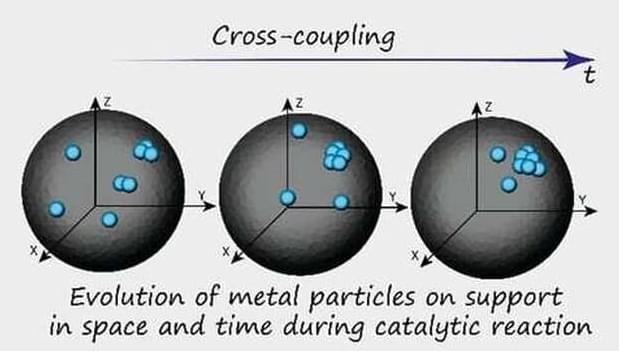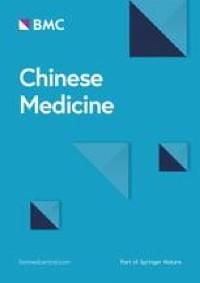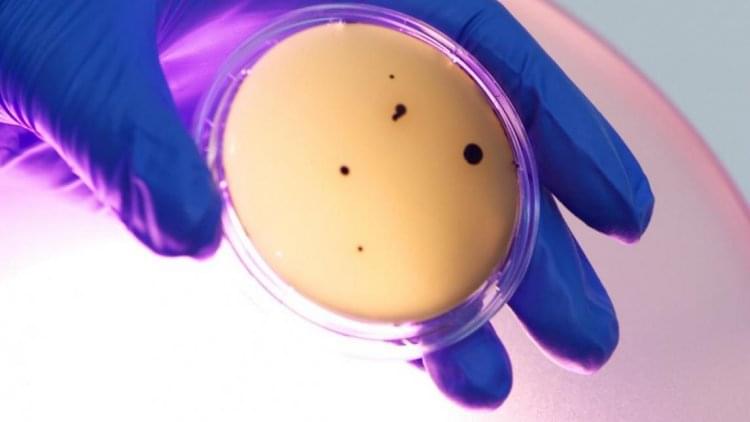May 9, 2023
Dental Nanorobots: An Innovation to Improve Root Canal Treatment
Posted by Quinn Sena in categories: biotech/medical, chemistry, nanotechnology
😗
Root canal treatment removes the infection and bacteria from the core of a tooth — the pulp chamber. These bacteria are often present within the canals of the teeth. However, proper treatment saves a badly infected natural tooth from needing to be extracted. Sufficient cleaning of the root canals is a key step of RCT. A lack of proper canal debridement can cause bacteria to thrive — a significant cause of RCT failures.
The tooth is washed with antibiotics or other chemicals that kill the bacteria to get rid of the infection. However, some teeth have complex root structures, and conventional ways of cleaning them are not enough to remove all bacteria. That’s one area where dental nanorobots can help. Nanorobots are showing promise in different steps of RCT, even better than traditional ways.
Continue reading “Dental Nanorobots: An Innovation to Improve Root Canal Treatment” »


















